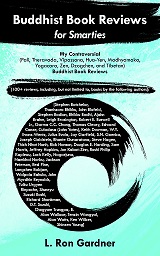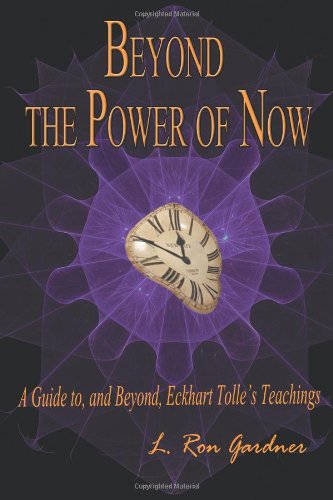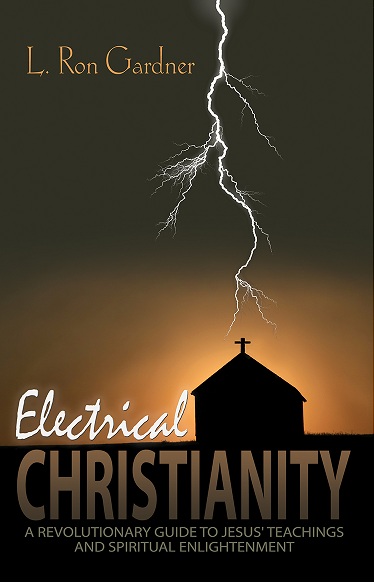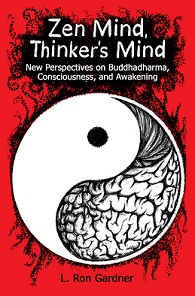April 14, 2015
In this informal series, I’m going to consider the Kabbalah/Qabalah from different angles. In this Part, I’ll focus on the mystical Kabbalah, meaning the Kabbalah associated with receiving the Supernal Influx, the “Rauch Ha-Kodesh,” or Holy Spirit.
The word Kabbalah means “to receive,” or more completely, “to face, or relate to, and receive.” The epitome of mysticism is to commune with (or relate to) and receive the Holy Spirit until one’s soul permanently unites... with it. Hence the mystical Kabbalah represents pure, or true, mysticism.
Unfortunately, Jewish mysticism does not provide explicit instructions on how to directly, immediately connect to, channel, and unite with the Holy Spirit. Anyone interested in how to do so should consult my books and/or articles (available at integralspiritualmeditation.com).
From my perspective, the practice of the mystical Kabbalah of Judaism is the same practice as the Christian mystical Eucharist, Tibetan Dzogchen (the “Great Perfection”), and Hindu Kashmir Shaivism’s Sambhavopaya (or “Divine Means”), and Adi Da’s Daism (or “radical understanding” and Divine Communion).…
Read the full article





